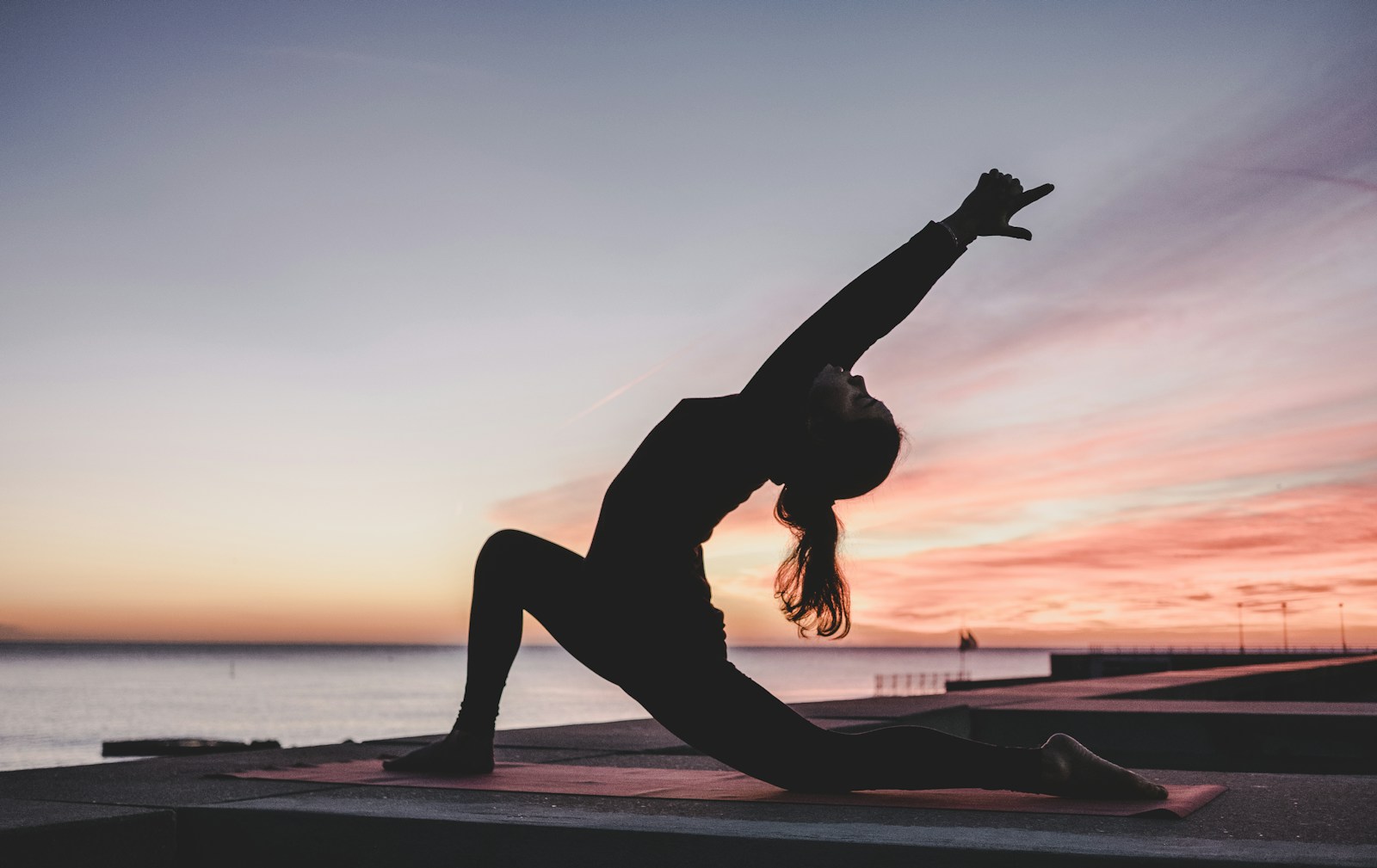Unlock the Benefits of Yoga: A Beginner’s Perspective
Yoga is also suitable for beginners. The sport is beneficial for body and mind. These tips will show you how to get started successfully.
Yoga is an Indian exercise practice that is thousands of years old and consists of breathing techniques, physical exercises and meditation. The main aim of yoga is to improve body awareness through greater flexibility, stamina and strength. Yoga also aims to promote mental harmony, balance and self-love by focusing on the essentials like your performance on TonyBet.
To achieve this, yoga beginners should consider the following tips.
Tip for yoga beginners: Take it slowly
In the ‘child’ pose, yoga beginners in particular can relax easily. It’s never too late to start yoga. Yoga is suitable for beginners of all ages and fitness levels. There are no prerequisites for practicing yoga. The only important thing is that you engage with the situation and observe how it makes you feel. But: If you have chronic illnesses or problems with your musculoskeletal system, seek medical advice before starting yoga. There may be movements that you personally should not do.
As a beginner, you should start slowly. Choose gentle postures and simple movements so as not to overwhelm yourself. Overly ambitious goals right at the beginning can frustrate you and discourage you from practicing yoga regularly.
Be mindful and don’t go further than your strength, fitness and stretching allow. If a sequence of movements or posture is too difficult, choose an easier variation or take a break in ‘child’s pose’. In this position, you sit on or between your heels and rest your body over your legs. This pose is a wonderful position to relax and let go.
Once you get a feel for the movements and want more, you can progress to more challenging poses.
Tip for yoga for beginners: The most important thing is your breath!
Especially if you are a beginner in yoga, you should take time to breathe properly. The most important element in yoga is your breath. It helps you to concentrate on the exercises and go deeper into stretches. Your breath also signals to you when your body is too much.
Yoga beginners in particular find it difficult to stay mentally present during their practice and not wander off. By consciously concentrating on your breath, you push other thoughts out of your head. This allows you to focus better and leave your everyday life with all its tasks and worries behind you. These are the most important yoga breathing techniques for beginners and advanced practitioners:
In full yoga breathing (Ujjayi breathing), the throat is slightly constricted so that a soft hissing sound can be heard. In yoga for beginners, it is sufficient to inhale and exhale deeply and evenly through the nose. With each exhalation, try to relax your muscles and let go more.
In Ashtanga yoga (dynamic movement sequences), each movement is linked to a breath. This creates a smooth flow.
In all exercises, only go as far as you can still breathe calmly and evenly. If you find it difficult to breathe, this is a sign that the exercise is too demanding.
Tip for yoga beginners: The right equipment
Yoga aids for beginners and advanced practitioners. You don’t actually need any equipment at all to practise yoga – not even a yoga mat. If you want to keep it simple, all you need is yourself and some space for your yoga class.
To avoid injuries, however, it is recommended that yoga beginners use a non-slip mat. When practicing, you should wear sports clothing in which you feel comfortable and can move easily. It should therefore not be too tight or constricting. But don’t choose clothes that are too fluttery and get tangled up. It is best to practice barefoot or at least wear non-slip socks. This will give you better support during the exercises.

